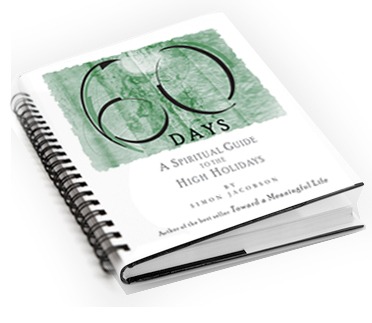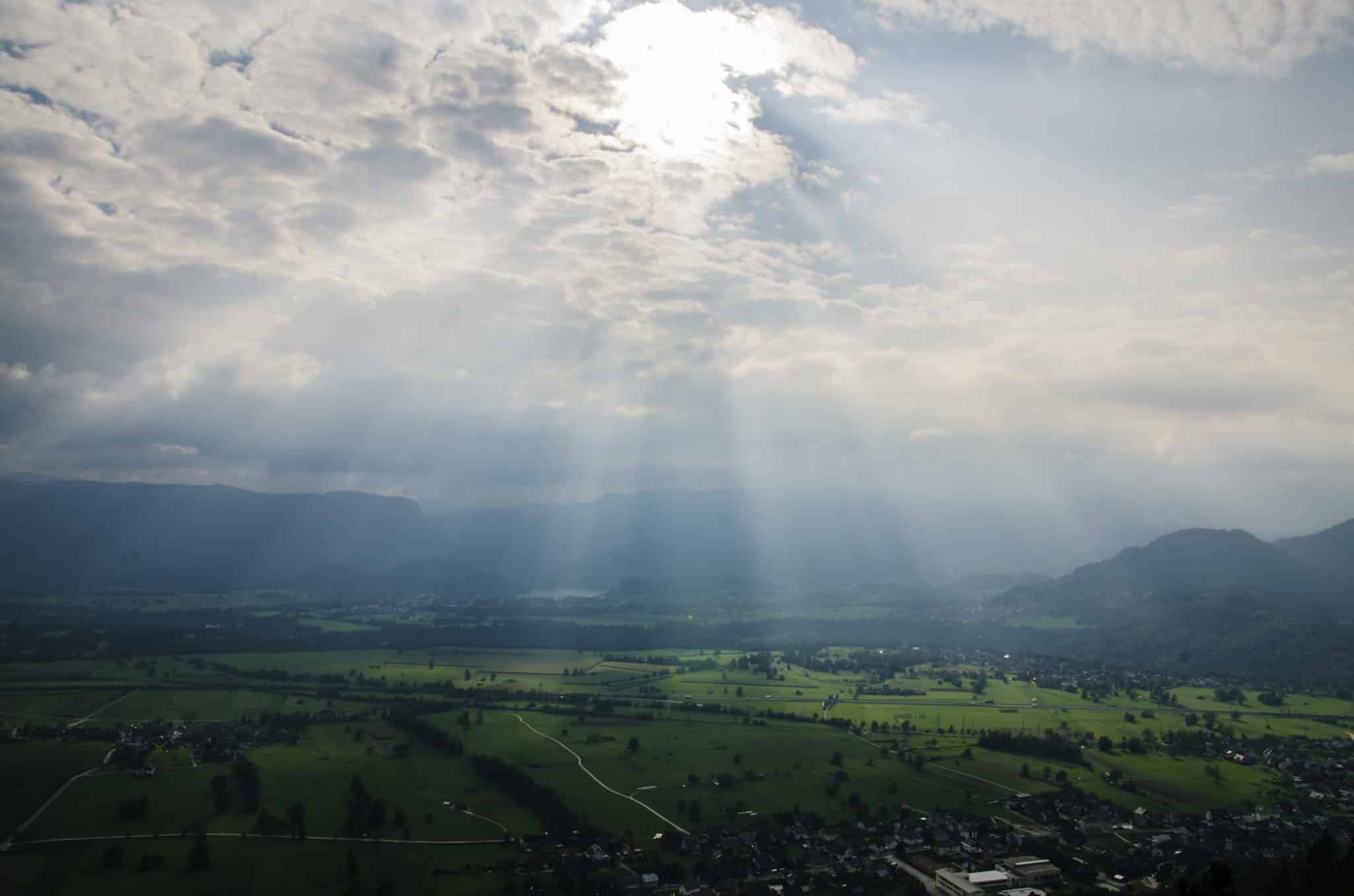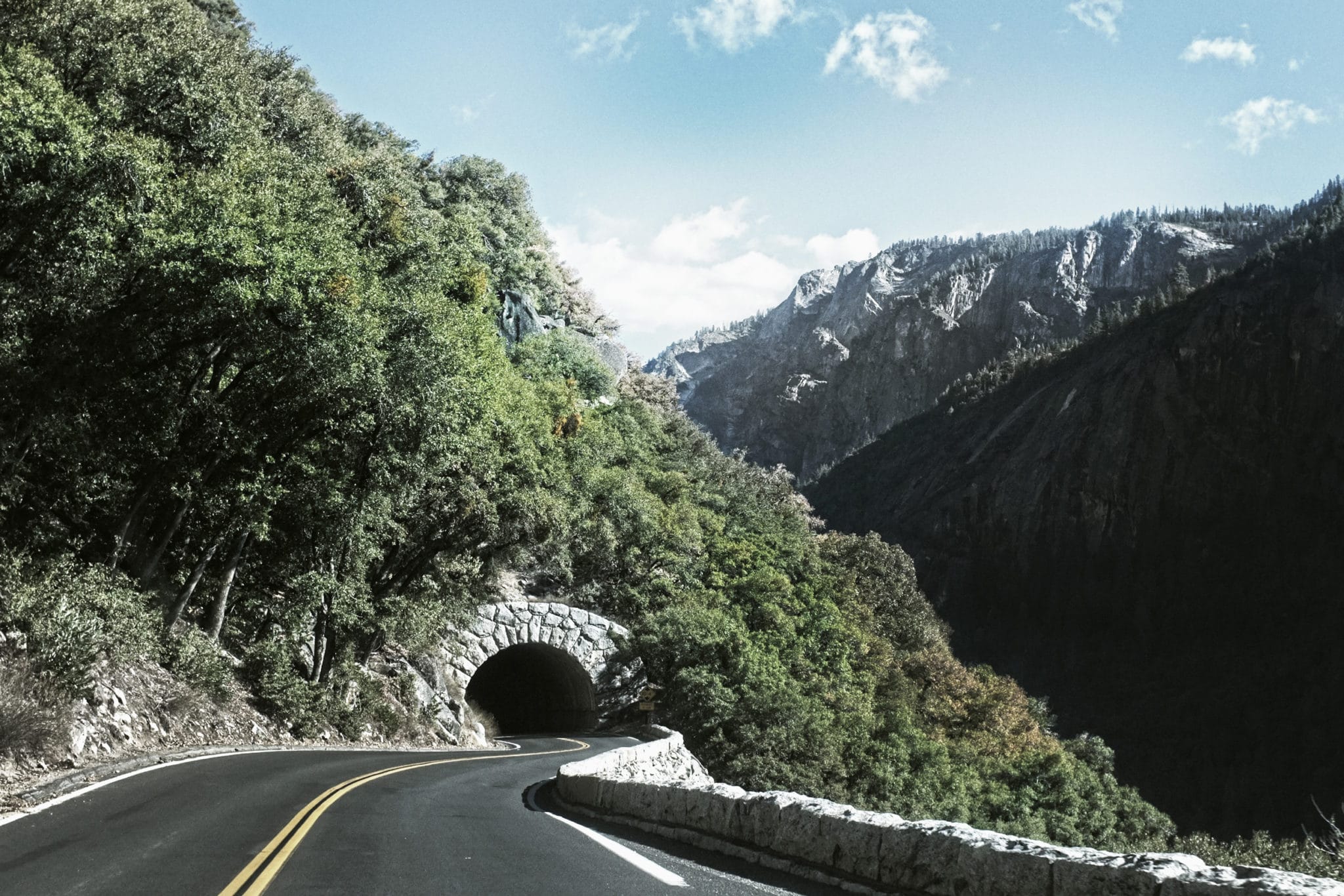— Samach-Vav Part 2 —
There are times and there are times. Times to address the immediate – the needs and issues of the moment. And times to step back and look at the big picture, to see the forest from the trees.
As we enter a new year (5766) this is the time to look back at the year in perspective. And since no year stands in a vacuum, an effective annual review requires us to also reflect on the general period in time in which we live. We do so in order to make better sense of our lives, correct mistakes and improve our actions as we chart a course ahead. Studying the patterns of the past help us define trends of the future.
These days especially, the ten days between Rosh Hashana and Yom Kippur, are particularly auspicious to define our priorities. These ten days are days of building [in Kabbalsitic language: the building of malchut] – days that define and construct the year ahead. Like a central nervous system this month of Tishrei (same letters as reishit, head) controls the mechanics of the upcoming year.
Highlights of the last 12 months include, working our way backwards:
- Our human vulnerability – as well as the rifts between the poor and the wealthy – was exposed in the wake of Hurricanes Katrina and (to a smaller degree) Rita.
- The Middle East remains a bottomless quagmire, with Iraq haunting us daily, but not limited to Iraq.
- The threat of terrorism – able to strike anytime anywhere – hovers over us, whether we think about it or not.
- The Middle East remains a hotbed, with the force of one billion Muslims yet to be reckoned with. We are sitting on a powder keg.
- The identity crisis in Israel has come to the fore with Israel’s withdrawal from Gaza, with no peace in sight and no clue of a future strategy.
- Here in the United States, the housing boom continues, technology and medicine and science march boldly ahead, reflecting on our ongoing prosperity, yet oil prices are rising, family life and children remain deeply dysfunctional and the ineptness of our infrastructures are stark reminders of a very fragile and tenuous balance between our increasing outer prosperity and our decreasing inner control.
- The battle around the role of religion and faith in our lives continues to surprisingly accelerate, with no resolve in sight.
Overall a growing tension is developing between our personal happiness and our personal comforts. Are we becoming happier people standard of living gets higher? It appears that the more comfortable our material lives, the more therapy we need.
What is clear from all recent events is that we stand at the transition stage between changing paradigms. Whenever we move from one state to another, many many cracks open up, reflecting the need to adjust and align ourselves to a new reality.
Events and developments in the last few centuries – coined Renaissance, Enlightenment, Emancipation, Democracy, Capitalism, Freedom, Equality, Liberalism, Science – have moved us from the Middle Ages to the Modern Age. Following the first two revolutions, the Agricultural and the Industrial, we have entered the third revolution – called by various names – the Atomic, Nuclear, Computer or Information Revolution (the most poetic perhaps is the one I like most: The Quantum Revolution).
Is this however the end of history? If, as Hegel contends, the “struggle for recognition” (self-esteem and dignity) is the driving force of individuals and nations, and the cause of wars, then it would seem that evolution of the human spirit and history would come to and end with the liberal democratic state, as Francis Fukuyama argued in his book The End of History (1992).
Fundamental to Torah psychology is the confidence that every challenge is preceded by its solution, as every illness is preceded by its cure. This gives us the strength to face any challenge knowing that it can always be conquered.
Samech Vov – whose centennial we celebrate this year (as discussed in last week’s article) – offers us a fresh vision for the future.
Following the opening discourse which we addressed last week, Samech Vov continues with a comprehensive discussion on the nature of human achievement and pleasure. Basically, the Rebbe Rashab explains that all pleasure known to and experienced by man are linear forms of pleasure, distinguished by different quantitative levels that each of us experiences as we climb the ladder of our personal development. All these dimensions of pleasure, even the highest forms, are mortal and limited – and therefore inevitably fragmented (the pleasure of a good wine, for instance, has no relationship with the pleasure of reading a good book). All these pleasures are derived from the “river that flows from Eden and waters the garden.”
The ultimate pleasure however is the one that the “eye has yet to see” (Isaiah 64:3) – an immortal, eternal, unlimited pleasure, that is qualitatively different than any pleasure ever experienced. This level of pleasure – called “Eden” itself – is the essence and source of all pleasure, and is a pleasure that is integrated into all our life experiences, from the mundane to the sacred. This pleasure is accessed through our toil in this universe. Our mitzvot have the power to generate new unprecedented dimensions of pleasure that create a seamless, unifying flow between all aspects of existence.
The ultimate revolution, according to Samech Vov, is the one achieved through our work in building out of the material world a “home” for the sublime.
As long as we do not access this essential level, we remain locked in battle with the forces of progress and the dichotomy of accelerating material pleasures and decelerating psychological and spiritual ones; between an increasing comfort zone and a decreasing level of personal peace of mind.
All pleasures of life are only as powerful as the root of the pleasure. On our own, as we say in the Rosh Hashana and Yom Kippur prayer,
“man’s origin is dust and his end is unto dust, he earns his bread at the risk of his life, he is likened to a broken potsherd, to withering grass, to a fading flower, to a passing shadow, to a vanishing cloud, to a blowing wind, to scattering dust and to a fleeting dream.”
However, we have been endowed with the gift of being Divine, and accessing the essence and source of all pleasure, which does not break, whither, fade or vanish.
The issues we are facing today go back to the ongoing struggle between matter and spirit that has been with us since the beginning of time – so powerfully captured in Samech Vov. These issues have accumulated over history, and the last few centuries have brought them to the surface in new ways. Modernization of the world, advanced science and technology, exposure of outdated systems and corrupt religious forces – have all contributed to our current predicaments, locally and globally.
However, the struggle has been coming to a head in the last 100 years. Both World Wars, followed by the baby and economic booms, and the information revolution we are currently undergoing, have all set the current stage for a final showdown between the narcissistic forces of materialism and the uniting powers of spirit.
Samech Vov poses for us the following challenge: All the forces in the universe, all the diversity among nations and all the conflicting opinions, can be resolved by recognizing that destiny is in our hands. Our individual moral choices and specific actions in this physical world determine the future course of our lives and the life of the universe.
This challenge is the core of our soul searching work during these Ten Days of Teshuvah/Return between Rosh Hashana and Yom Kippur – when we attempt to uncover the superimposed elements of our lives and return to the Essence, and – align our daily lives to this Essence.
As Maimonides writes:
“A person must see himself and the world as equally balanced on two ends of the scale—by doing one good deed, he tips the scale and brings himself and the entire world redemption and salvation. Therefore in the days between Rosh Hashana and Yom Kippur, more than all year round, it is customary to increase charity and good deeds and the performance of the mitzvot” (Rambam, Laws of Teshuvah 3:4).
Now the question is: Do we have the courage to accept the challenge?








